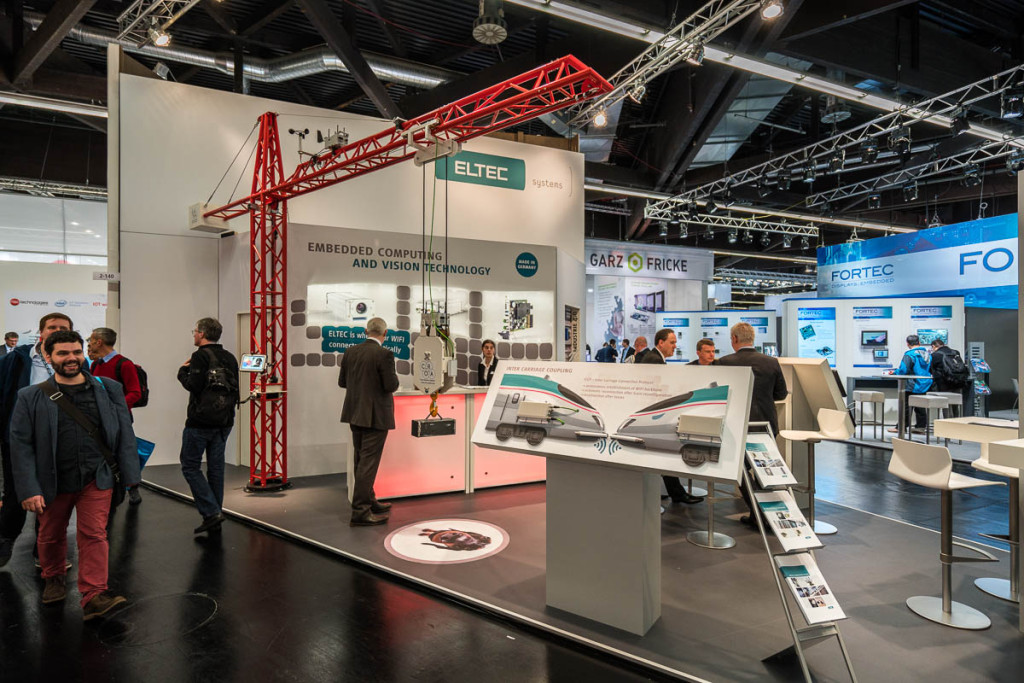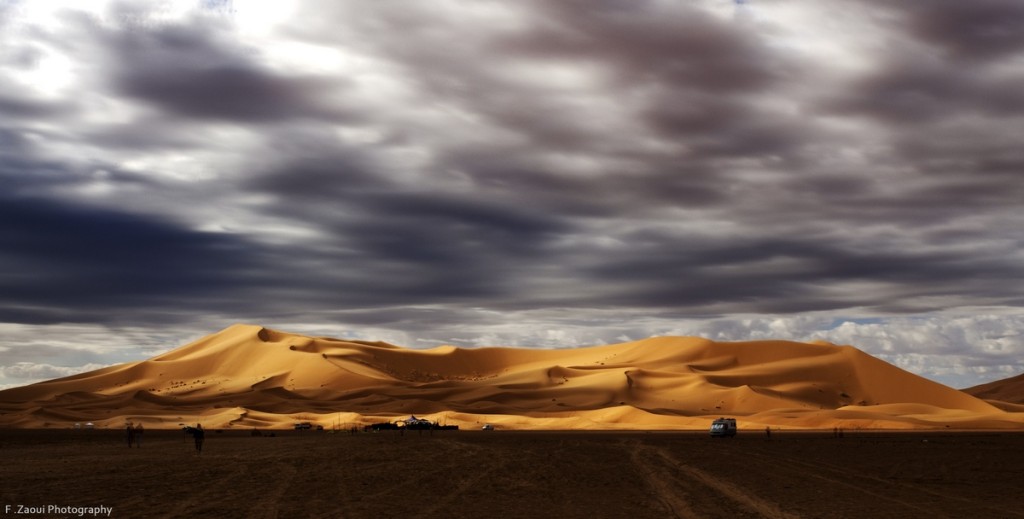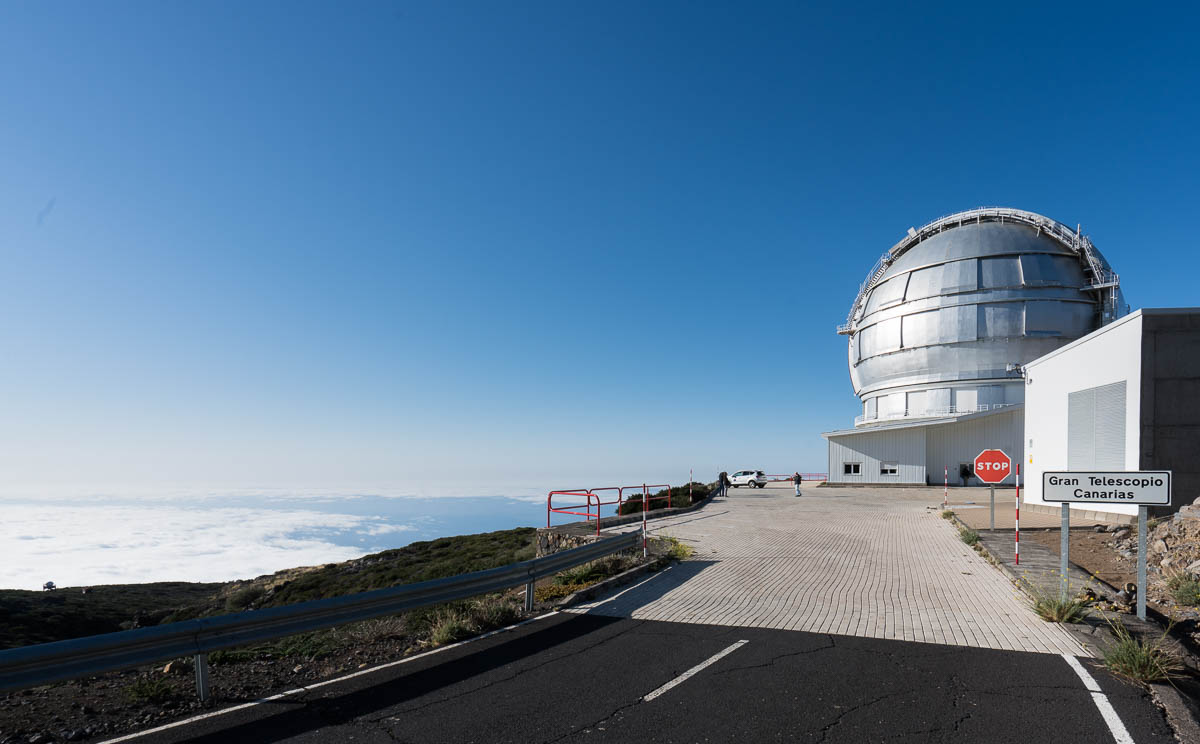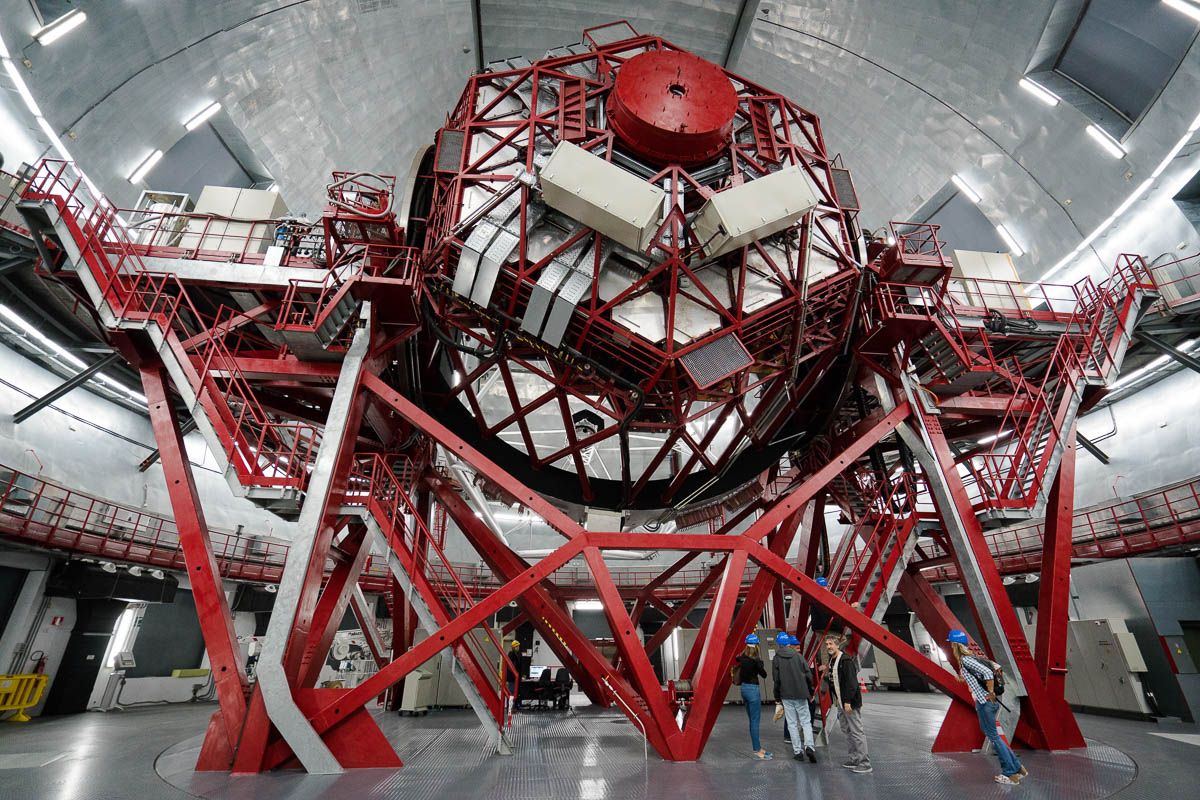Fourth day on the road, third country: Moscow -> Barcelona -> Nuremberg -> Milan. A new city means a new agenda: business meetings, interviews, presentations. From morning till night. Then a mad dash to the plane, a new hotel, you unpack your suitcase, you hit the sack, the alarm sounds, you pack your suitcase – and you’re on the road again. Groundhog night. ‘Night’, because the days are all very different and each of them amazing.
With regular flights, getting on top of this schedule is problematic to say the least, so my chance companion A.B. and I flew this Cessna Citation-2 ‘hummingbird’.
Once, a while ago, I felt like counting the cities I had visited – in Russia and the US – and comparing the numbers. You can follow the link to see what came out of it. I used the same approach this time – had a good look at the map of Germany and began to compile the list of cities I’ve been to… Here’s what I came up with:
Hamburg, Hannover, Berlin, Magdeburg, Bochum, Düsseldorf, Bonn, Wiesbaden, Mainz, Eisenach, Würzburg, Nuremberg, Ingolstadt, Munich – a total of 14 cities, just like in Russia. Oh, and the brief stops in Wolfsburg, Cologne and Koblenz don’t really count.
I had passed Nuremberg a few times (on the route Hannover/CeBIT <-> mountain skiing), but I had never visited the city itself before. Well, now I have. Very nice German city. Specifically, Bavarian city. Or, more precisely, Franconian. Here’s what it looks like:
By the way, I ran into a problem here that tends to happen to serial travelers like me: I forgot my room number at the hotel. Actually, this is typical of people who do a lot of traveling. The funny thing is that you have no problem remembering the room number at the hotel where you stayed yesterday. Sometimes you can even remember the password for yesterday’s Wi-Fi connection. But you can’t for the life of you recall those numbers on the door you’re supposed to use today :)
Hopefully, an awkward situation like this won’t happen today. The hotel is really small – they remember all their guests’ faces and personally hand each guest the big iron key to their door.
The rest of the Nuremberg photos are here.

































